|
|
Educational Excursions Resume 2019/2020 |
The European Space Astronomy Centre, located nearby Madrid, is ESA’s window to the universe. Some ESA’s most important scientific discoveries in recent years have been made in this complex, where all the data generated by space missions like Bepicolombo, XMM Newton or Gaia is received, processed and studied.
As the European Space Agency is an international organization, its headquarters are split among different partners, each of them specialized on one thing.
For example, the Netherlands ( ESTEC) is in charge of all that has to do with engineering (like testing the satellites) while ESOC (Germany) tracks and operates ESA's spacecraft in space.
Visitors in CESAR lecture room Credit: ESA/CESAR
But, is in ESAC where the real science is done, and in CESAR we feel really lucky to have our headquarters here.
One of our activities consists in giving tours around the European Space Astronomy Centre to educational entities, such as universities, in what we call an educational excursion.
In numbers of maximum 30 students per visit, participants will enjoy a little introductory lecture about ESA and its activities in space, and later on, will have the opportunity to watch the 1:1 models of Gaia, Herschel, or SOHO missions, which are disseminated around the facility. Depending on availability, you can even visit mission control rooms like XMM-Newton’s or SMOS.
Visitors in CESAR control room Credit:ESA/CESAR
This season we have had to cancellate a few visit proposals due to mobility restrictions, but yet we could give a few interesting visits to universities like Camilo José Cela, Saint Louis University or Real Academia de Ingeniería.
This year we also have had lots of schools coming from Greece, which has been really enjoyable, and is confirming that CESAR project is reaching an international dimension.
If you are planning to visit us here in ESAC, and specially if you are on behalf of an elementary school, we recommend you take a look at our Space Science Experience, an activity where the students visit ESAC while resolving a science case using real astronomical data. Otherwise, you can contact us through this form, and we will arrange a visit if possible.
COVER CREDIT: ESA/CESAR
|
| |
|
.jpg) |
Diversidad y Ciencia: niños y niñas saharauis exploran el Cosmos en ESAC (es)
Jóvenes saharauis junto a sus familias de acogida visitaron el Centro Europeo de Astronomía Espacial (ESAC) de la ESA, gracias a la iniciativa #VacacionesenPaz y la asociación FEMAS - Sahara. En una jornada llena de actividades interactivas, charlas inspiradoras y recorridos por las instalaciones, los jóvenes exploradores aprendieron sobre el Universo y la ciencia en un ambiente inclusivo y diverso. ¡Una experiencia inolvidable que demuestra que la ciencia no conoce fronteras! See more |
|
| |
|
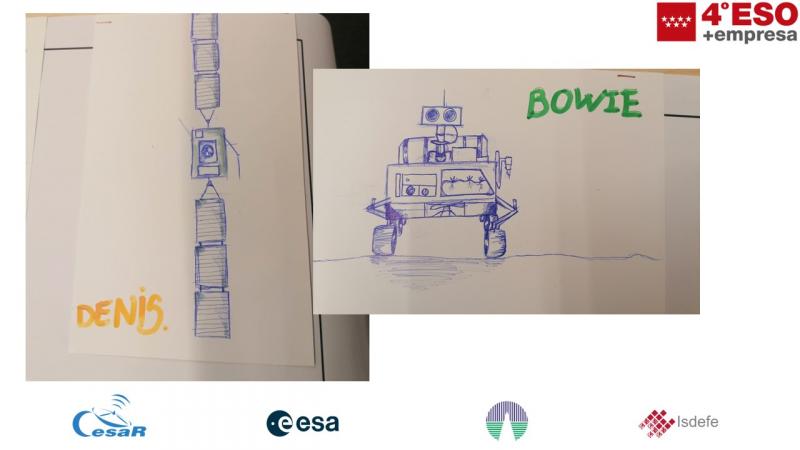 |
4º ESO+Empresa 2024 (ESAC 5.0) (es)
Entre los días 18 y 20 de marzo tuvo lugar en ESAC la quinta edición de la iniciativa 4ºESO+Empresa diseñada por el Equipo CESAR. En esta ocasión, la organización fue en estrecha coordinación entre los Equipos CESAR (ESA/ISDEFE/INTA) y el Centro de Astrobiología (CSIC/INTA). See more |
|
|
 |
Más de 1000 alumnos han pasado por ESAC durante su SSE en el curso 22-23 (es)
Desde hace más de un mes, que comenzamos las SSE en ESAC, no hemos parado de acompañar al profesorado y al alumnado de la Comunidad de Madrid en la Actividad de Especial Dedicación del Equipo CESAR. A día de hoy más de 1000 estudiantes con sus más de 70 profesores han comenzado una Space Science Experience con nosotros y han venido a ESAC. See more |
|
|
|
| |
|
| |
|
| |
|
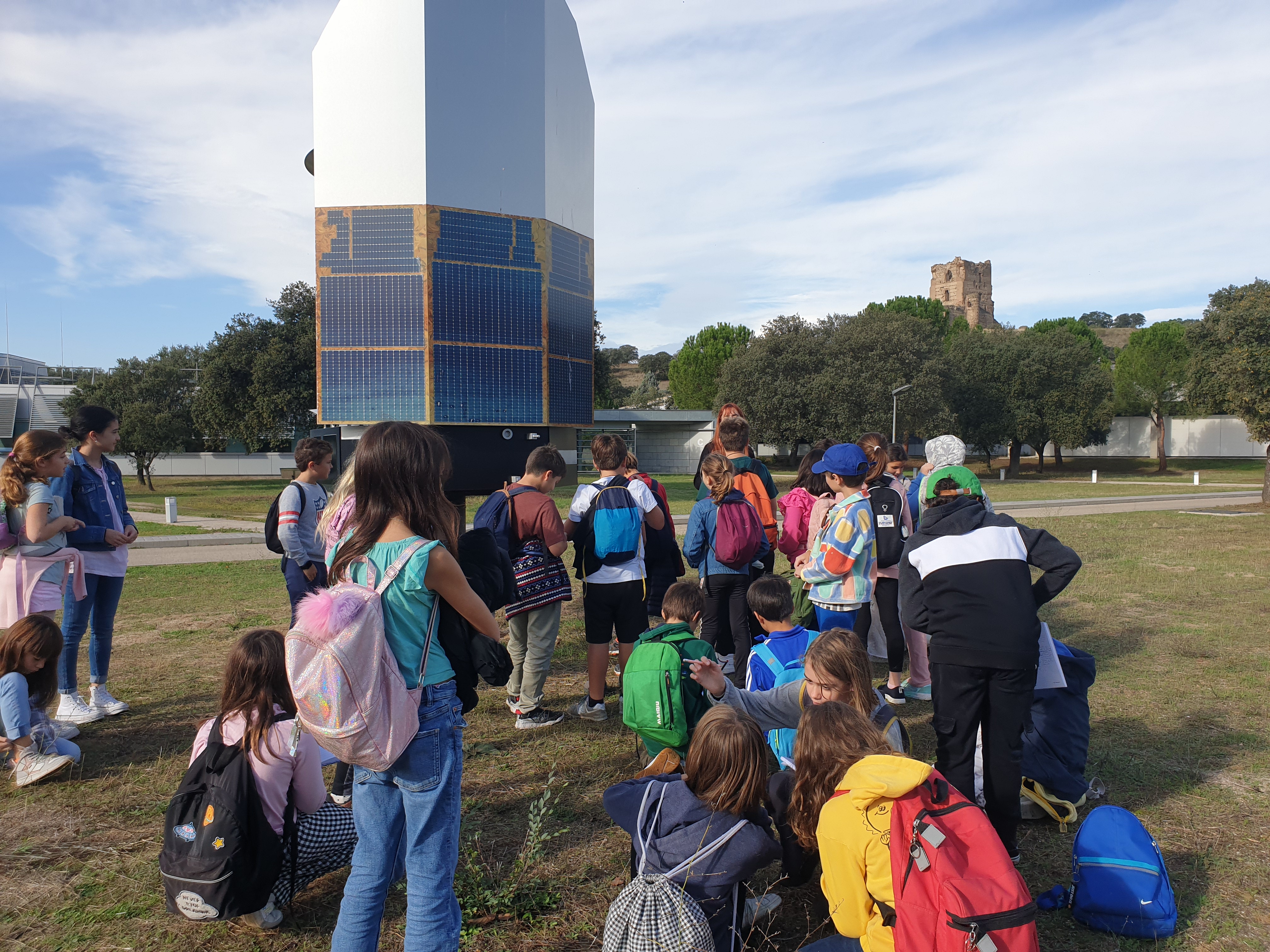 |
Re-opening of the Space Science Experiences in ESAC
On the 13th of October the Space Science Experiences in ESAC were re-opened after the COVID-19 pandemic disruption, with more enthusiasm than ever. Since that day around 750 students from primary and secondary school came to ESAC to be scientist for a day with the CESAR Team.
See more |
|
| |
|
|
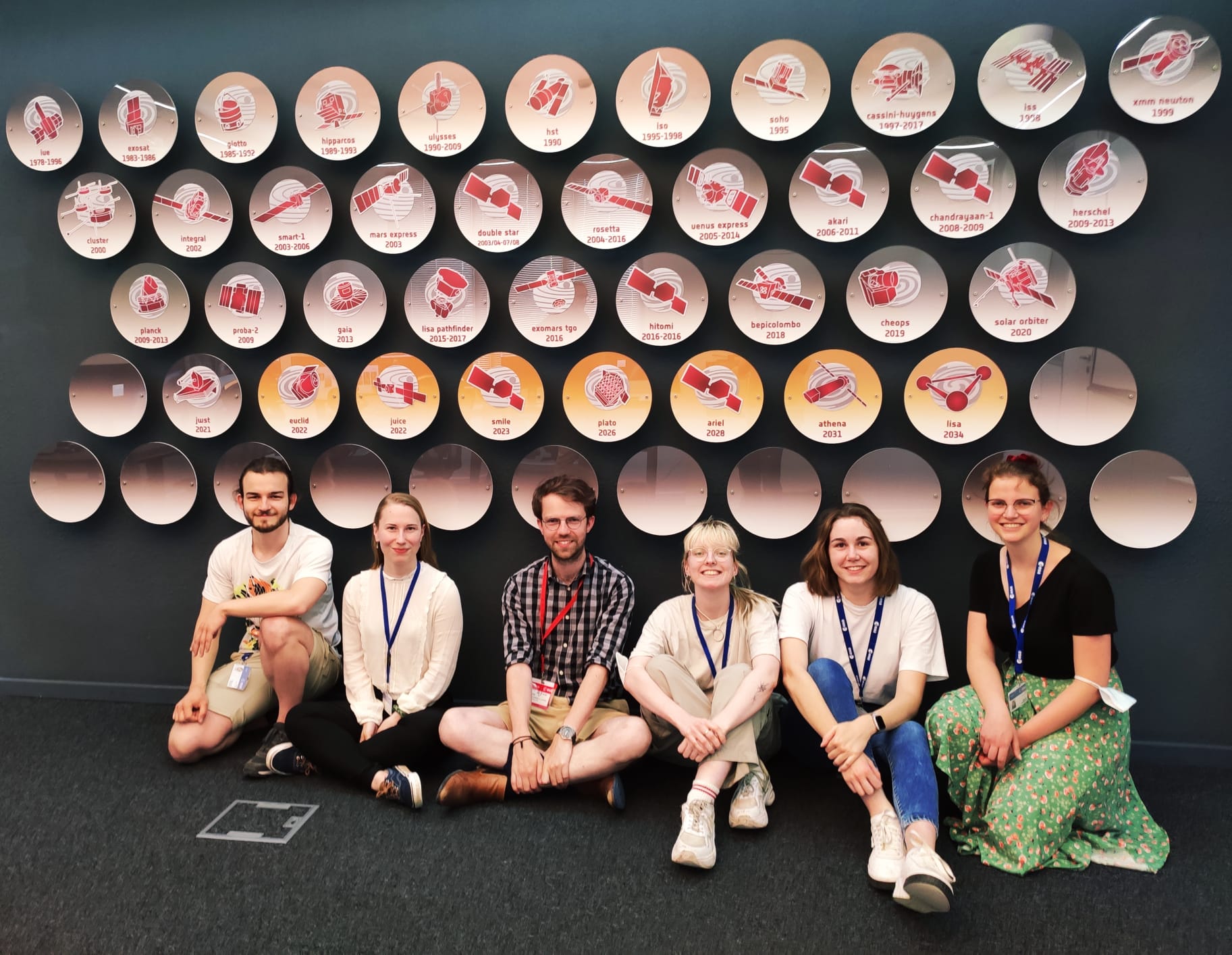 |
Tour for ESAC 2022 trainees
CESAR team gave a visit tour to the onsite 2022 ESAC trainees. The main ESAC rooms and missions were presented to these early career space enthusiasts. See more |
|
|
|
| |
|
| |
|
| |
|
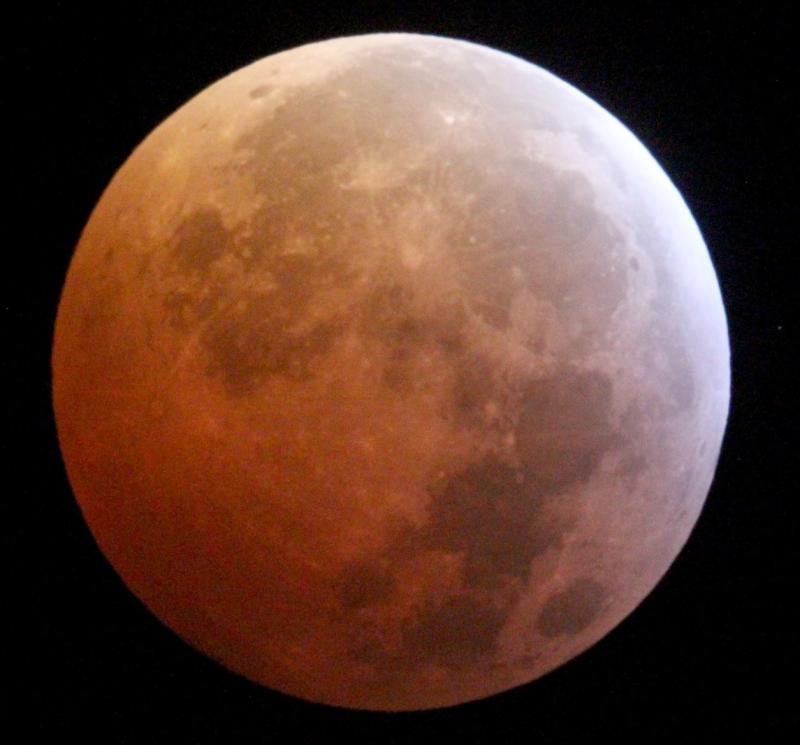 |
ESAC Star Party 2019
On Saturday the 22nd ESAC wittnessed another edition of ESAC Star Party, organized by CESAR and ESAC Astronomy Club See more |
|
| |
|
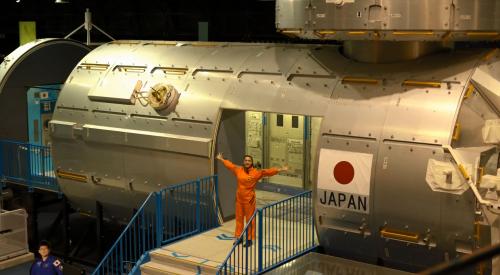 |
Japanese School special visit
Special talk about JAXA and ESA collaboration, international collaboration in the ISS and next Solar System missions. Also, we present a video recorded by Lectures team, in Japan on September talking about robots, Kibo and Bepicolombo. See more |
|
| |
|
| |
|
| |
|
| |
|
| |
|
| |
|
| |
|
| |